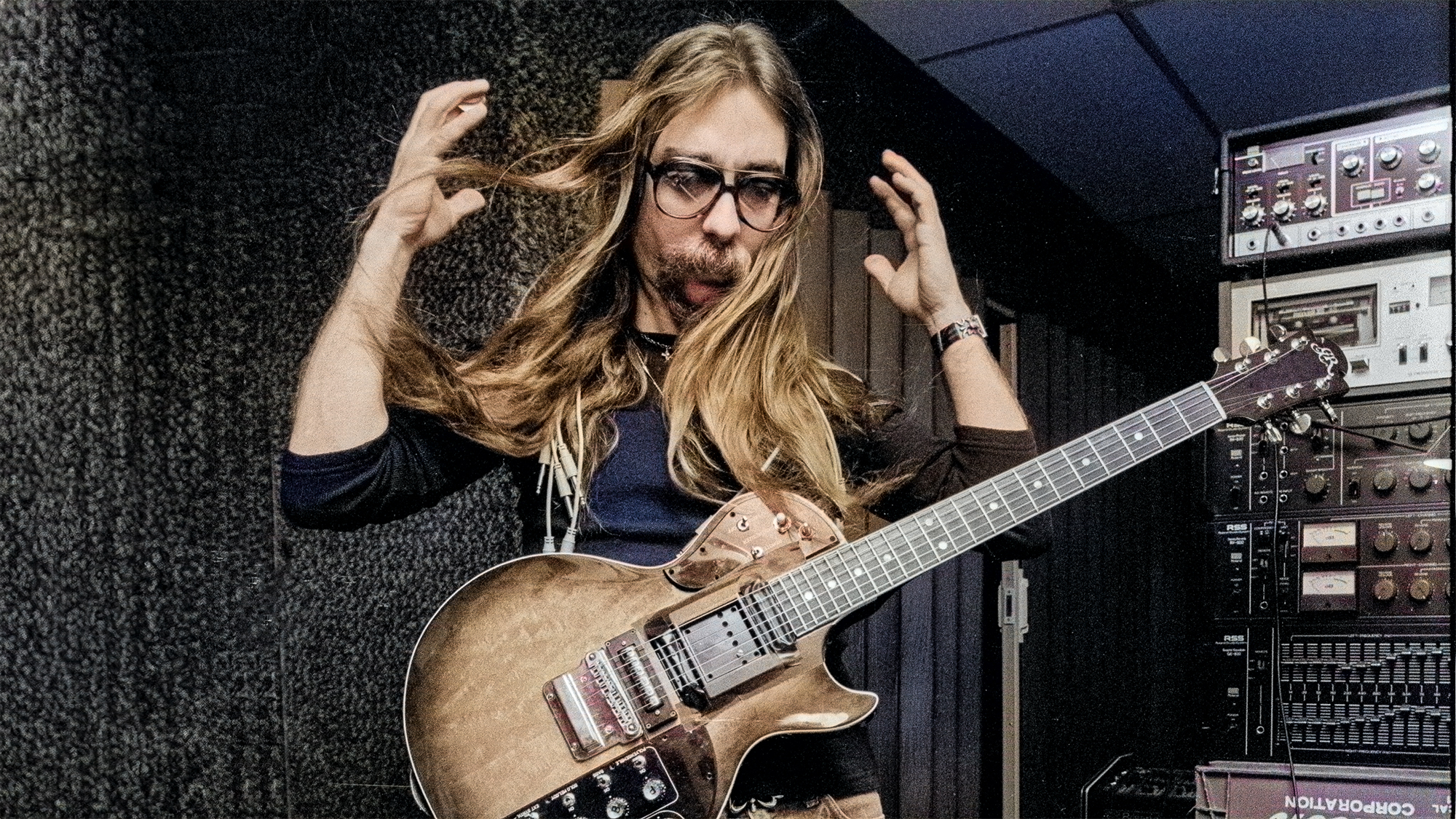Does This Guitar Look Familiar? Look Again
This 1969 Gibson Les Paul Custom with a ‘50s-style all-gold finish is a one-off custom order.
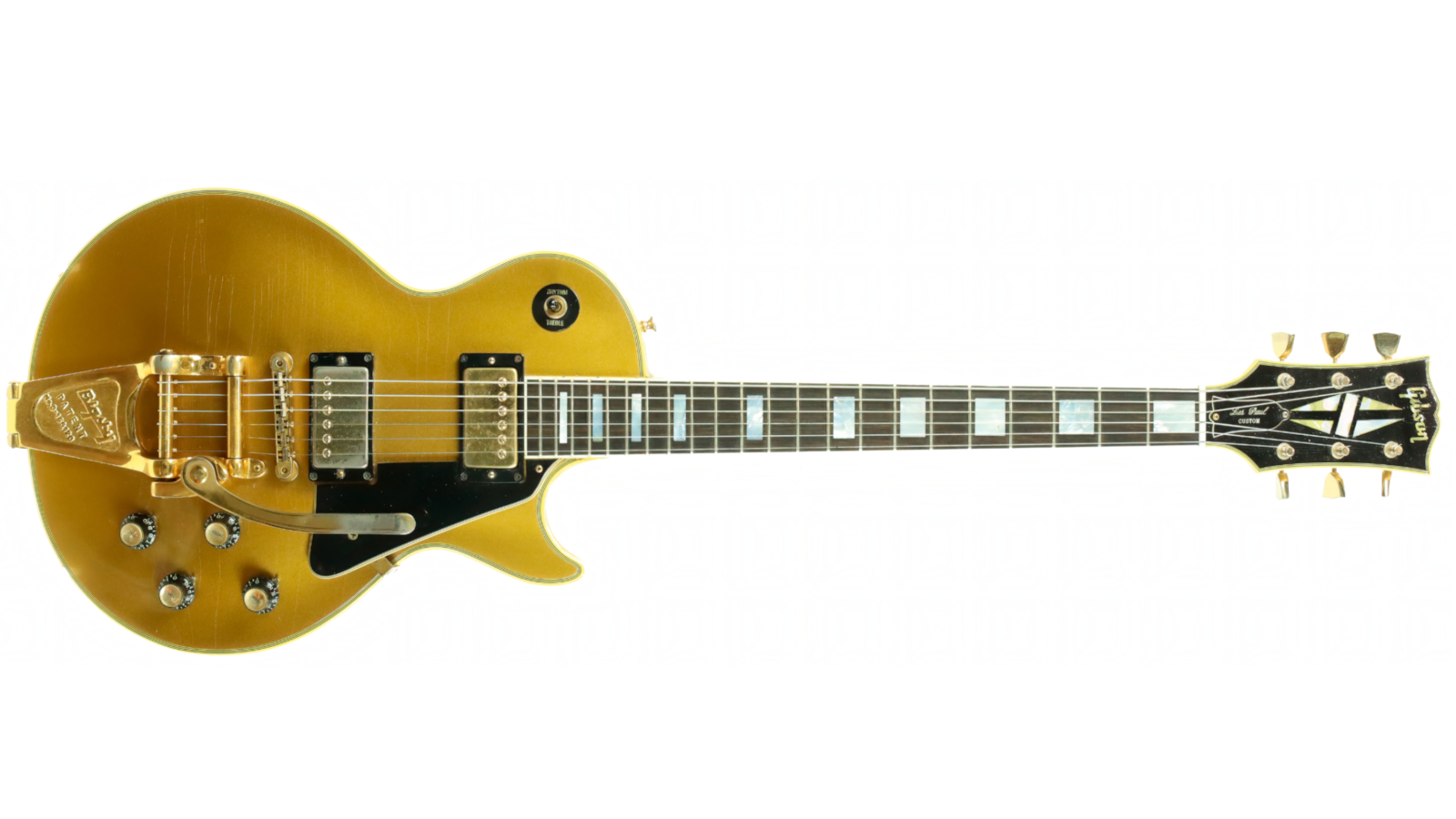
I’ve never seen one before this – or even knew it existed. But there it was in the Gibson ledger from 1969. It’s got the original tags, too. The tags say it’s an all-gold finish, with gold Bigsby, which is pretty cool.
It’s an all-gold finish meaning everything, including the back of the neck, is gold
David Davidson
It may have been some kind of presentation piece or a trade show guitar. It’s an unbelievable piece and is in virtually brand-new condition. It plays well, too, and the T-top pickups sound great.
It’s an all-gold finish meaning everything, including the back of the neck, is gold; Goldtop finishes are also self-explanatory.
It has various original paperwork and tags with it, including some that state ‘all-gold, special order, gold Bigsby.’
Somebody had it down previously as a ’68, but there’s no dot in the ‘i’ [of the headstock logo] and the serial number corresponds to early ’69; Gibson repeated ’66 serial numbers in 1969.
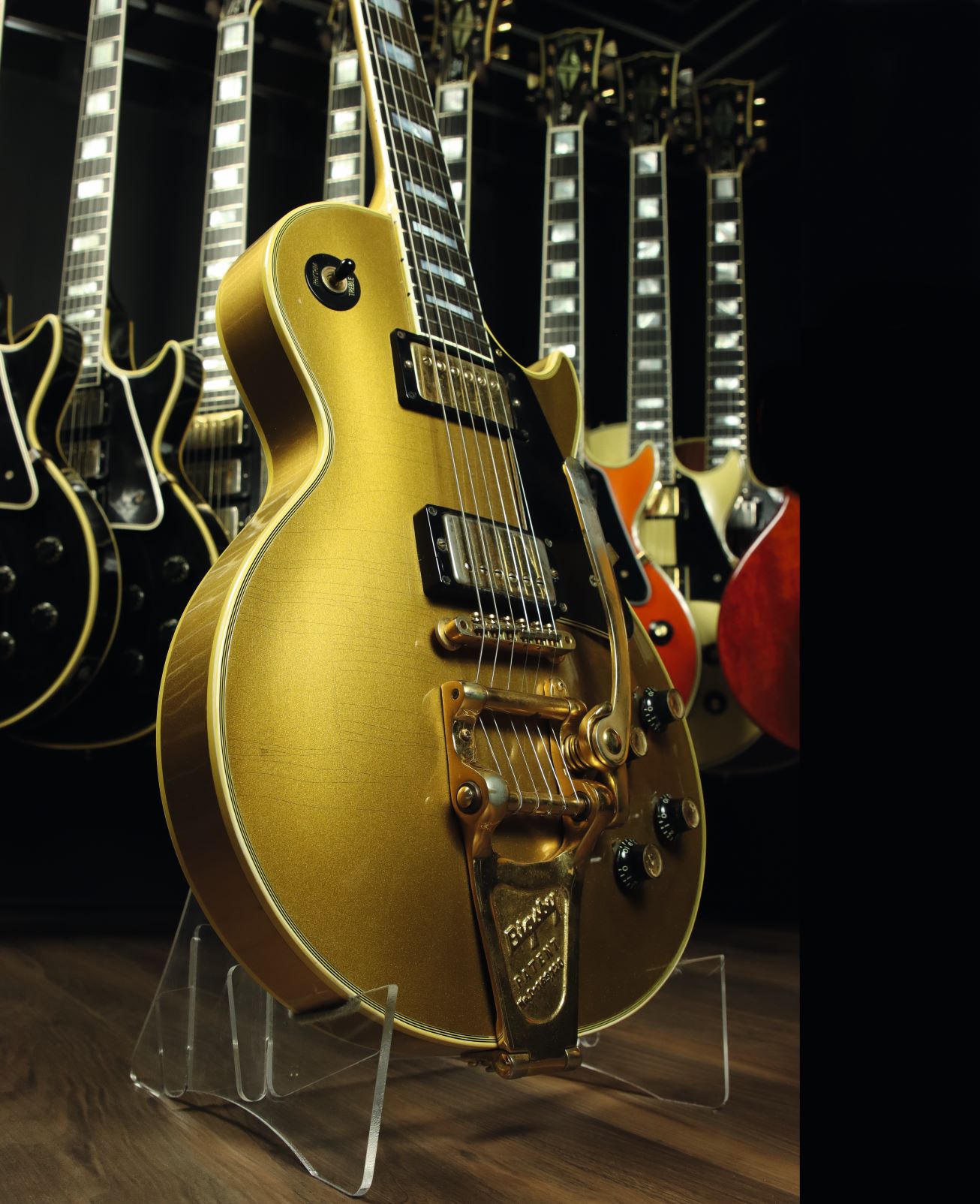
It’s a little on the heavier side, as they were – especially with a Bigsby. ’68 and ’69 guitars can be a little weighty, but all in all they’re really cool.
Way too many people still believe the fairy tale that they were using '50s wood to build the late-'60s guitars
David Davidson
I mean, they were definitely still trying to put out some special pieces in the late '60s. This is a good made-in-the-USA pre-volute electric guitar. Obviously, 1970 is the beginning of the end for a lot of things. But not all guitars that came out of the Norlin era were bad.
All the latest guitar news, interviews, lessons, reviews, deals and more, direct to your inbox!
Way too many people still believe the fairy tale that they were using '50s wood to build the late-'60s guitars. That simply is not true. There were no leftover '50s bodies made into ’68 Les Pauls. It never happened. I think that’s purely wishful thinking.
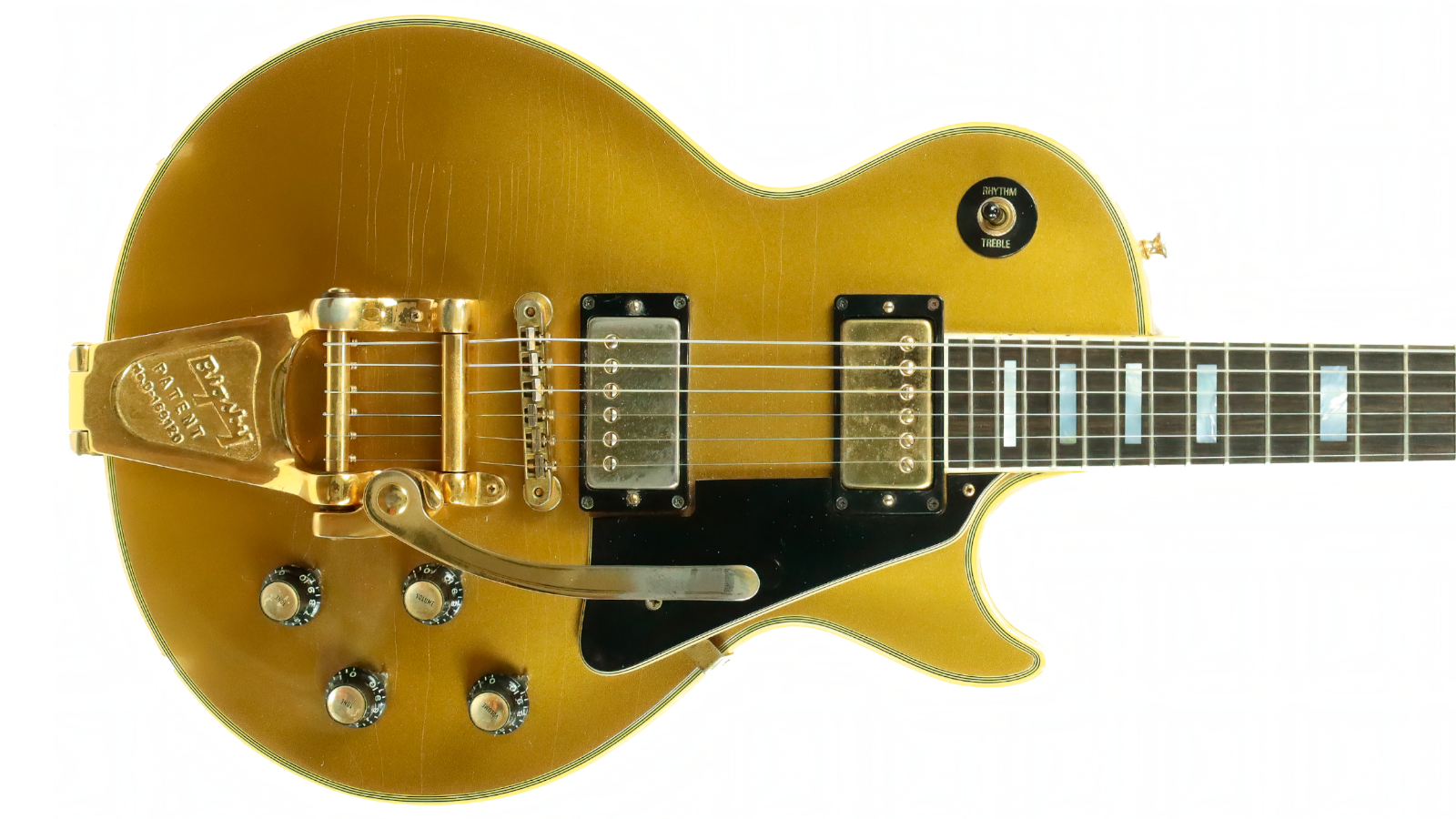
Gibson brought the single-cutaway Les Paul back in ’68 due to popular demand. They were pretty dead until Keith Richards went on The Ed Sullivan Show with The Rolling Stones in ’64 playing his ’59 ’Burst.
Gibson brought the single-cutaway Les Paul back in ’68 due to popular demand
David Davidson
People’s interests were regenerated, and everyone was making a big hubbub of trading these '50s single-cutaway Les Pauls around. So Gibson decided they weren’t going to sit on the sideline and started making them again.
However, the fact that they reintroduced a P-90 guitar was pretty shocking to me. They could have just put T-top humbuckers in it and had a Les Paul Standard with dual humbuckers and the appointments as a ’57 or ’58 Goldtop. But for whatever reason they liked that ’55/’56 ABR-1/P-90 thing.
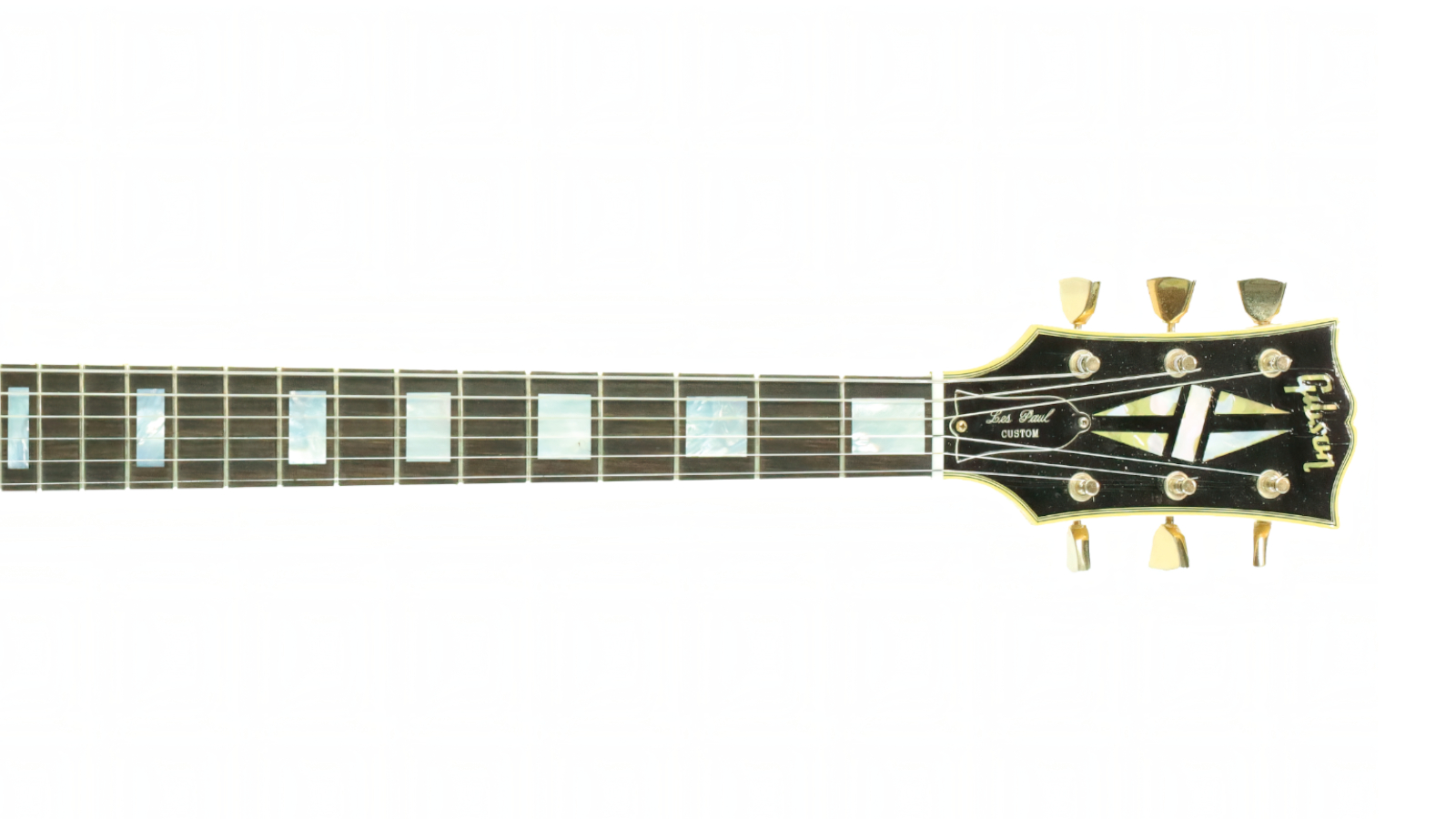
At this point, Gibson was a company that didn’t yet fully understand the significance of its own history. There were a few older cats hanging around, but I don’t think there was the same kind of thought process that went into it as nowadays.
Gibson was a company that didn’t yet fully understand the significance of its own history
David Davidson
Some of the first Les Paul Goldtops that came out in ’68 have an SG-style crown inlay because they didn’t have the Les Paul Model silkscreen logo ready to go in time. I have one of them. They made about 20 or so of those.
In ’69, pretty soon after the reissue P-90 Goldtops came out, they changed to Les Paul Deluxes with mini-humbuckers.
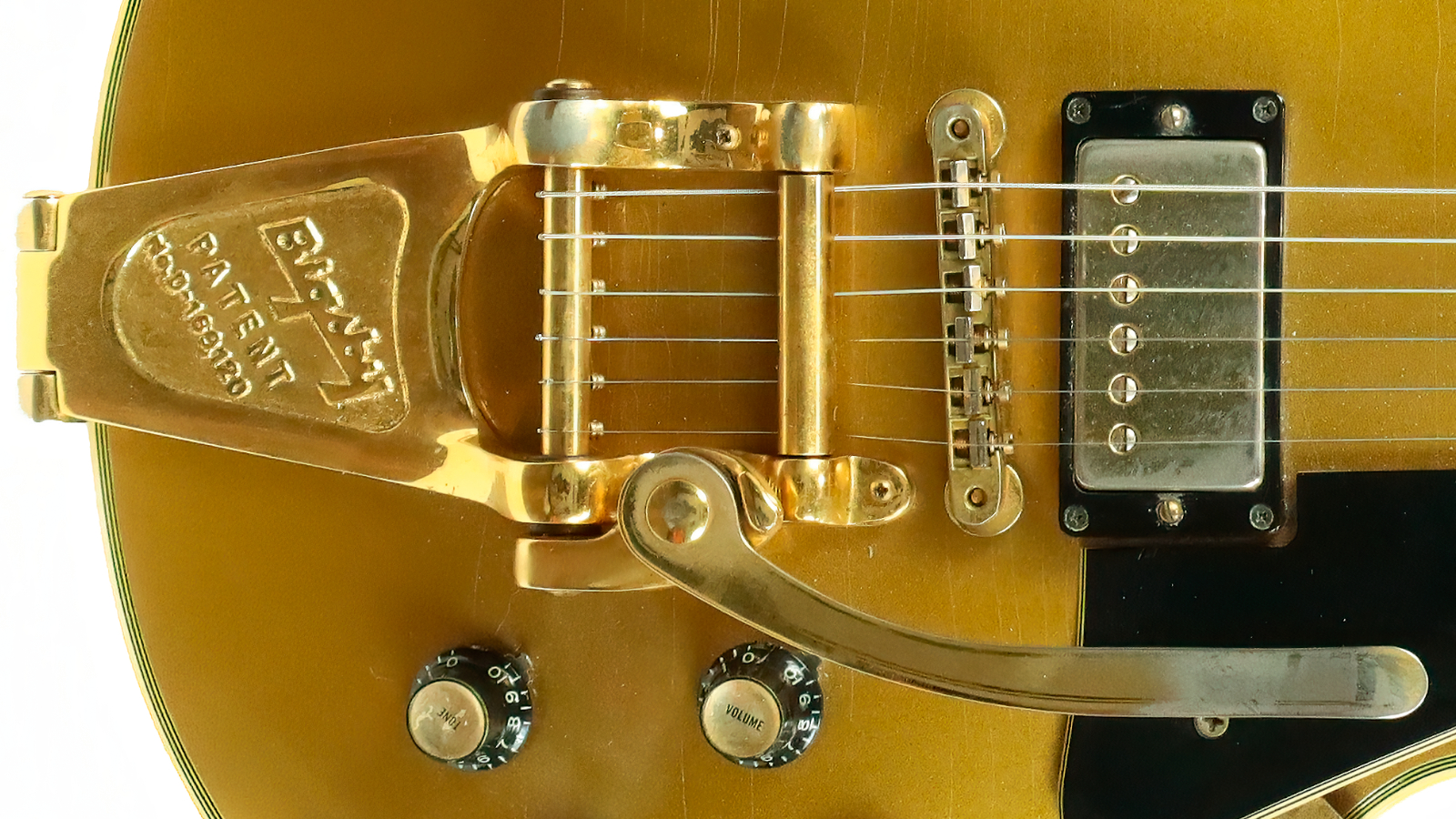
The Les Paul Custom was reintroduced in ’68 as a dual-humbucker guitar, rather than being three-pickup like earlier ones. I think they were listening to people on some level who were complaining they didn’t like the third/middle pickup.
The Les Paul Custom kept evolving – or devolving, depending on how you look at it
David Davidson
And at that point the two-pickup Les Paul Custom was born – though they did make a very small amount of dual-humbucker guitars in ’57 and ’59.
As the Les Paul Custom kept evolving – or devolving, depending on how you look at it – Gibson continued to come up with some interesting stuff.
I have one from the early ‘70s with a Brazilian rosewood top. And I have one that’s like a tuxedo, a kind of Randy Rhoads creamy white colour on the top, but the sides and back are black. I also have a ’72 in Sparkling Burgundy, which is really nice. So they were trying a few interesting things to woo people back.
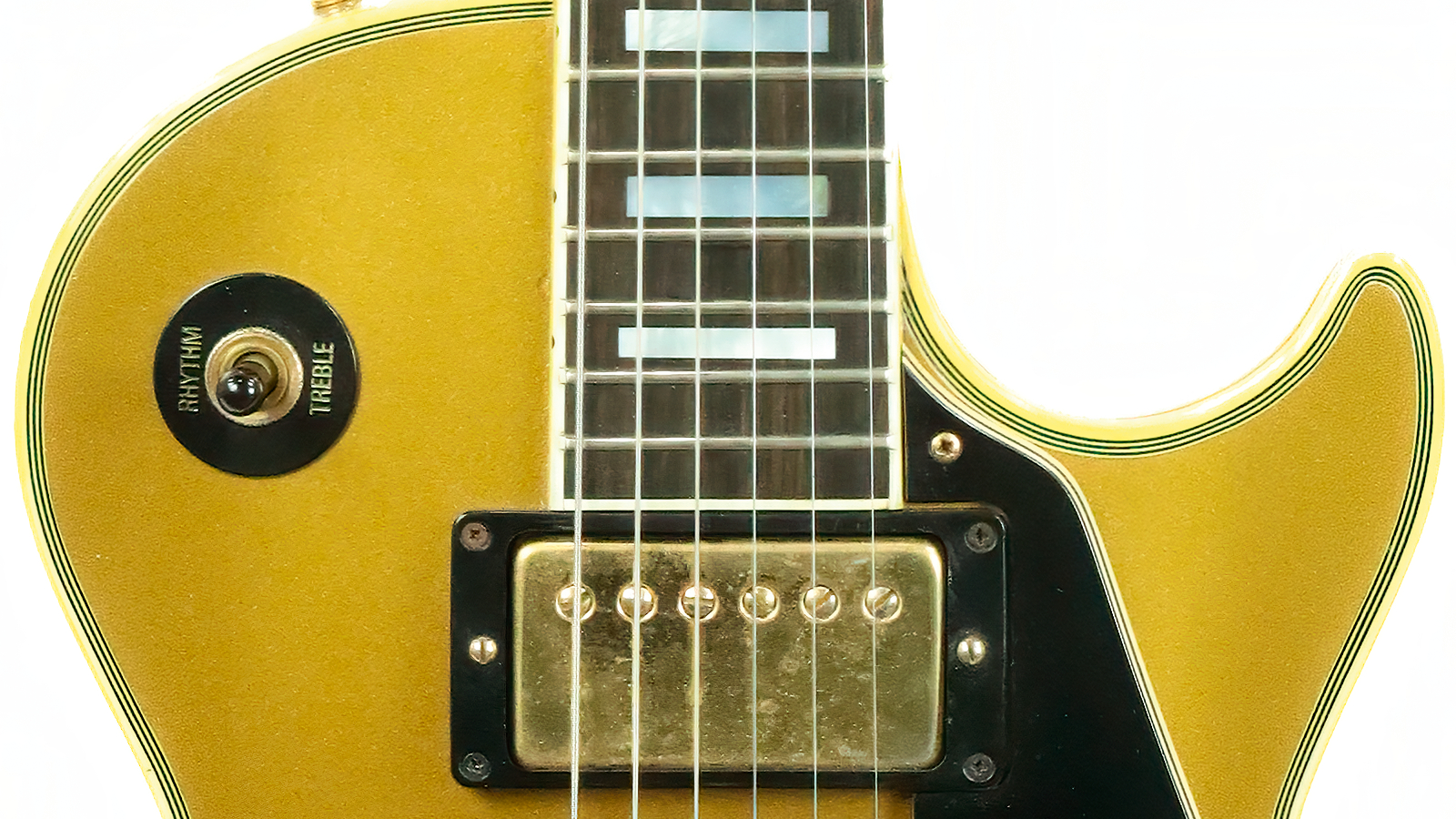
Gibson used gold as a basecoat for their Sparkling Burgundy. You’ll often see those guitars fading to a gold-ish colour as the translucent red fades away.
For every person I meet that doesn’t like a Bigsby I find the person sitting next to them thinks it’s the greatest thing that’s ever happened
David Davidson
While the finish on this guitar is virtually mint, gold Gibson finishes are known to fade and wear to a greenish hue. The way it was explained to me is there’s a bronze powder in the paint and that’s why they turn the colour they do.
For every person I meet that doesn’t like a Bigsby I find the person sitting next to them thinks it’s the greatest thing that’s ever happened. They’re wonderful both ways.
I think the naysayers are probably people that just read internet forums and can’t judge a guitar for what it really is. If you play it for a minute, you’ll discover it’s pretty darn good.
Ultimately, it’s the player that makes the guitar.
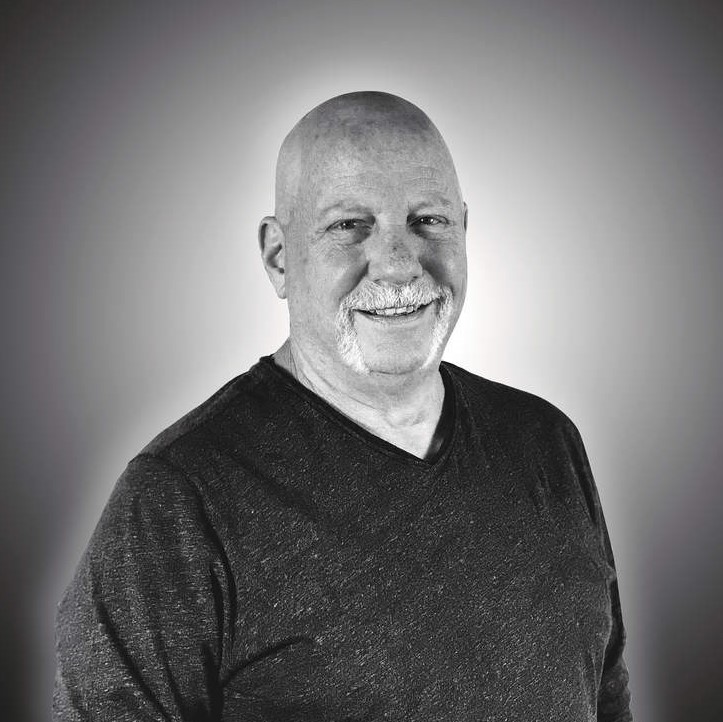
Vintage guitar veteran David Davidson owns Well Strung Guitars in Farmingdale, New York
info@wellstrungguitars.com
001 (516) 221-0563
Rod Brakes is a music journalist with an expertise in guitars. Having spent many years at the coalface as a guitar dealer and tech, Rod's more recent work as a writer covering artists, industry pros and gear includes contributions for leading publications and websites such as Guitarist, Total Guitar, Guitar World, Guitar Player and MusicRadar in addition to specialist music books, blogs and social media. He is also a lifelong musician.

